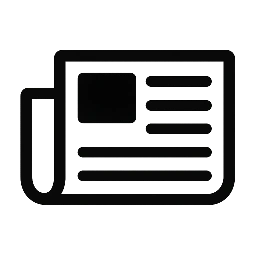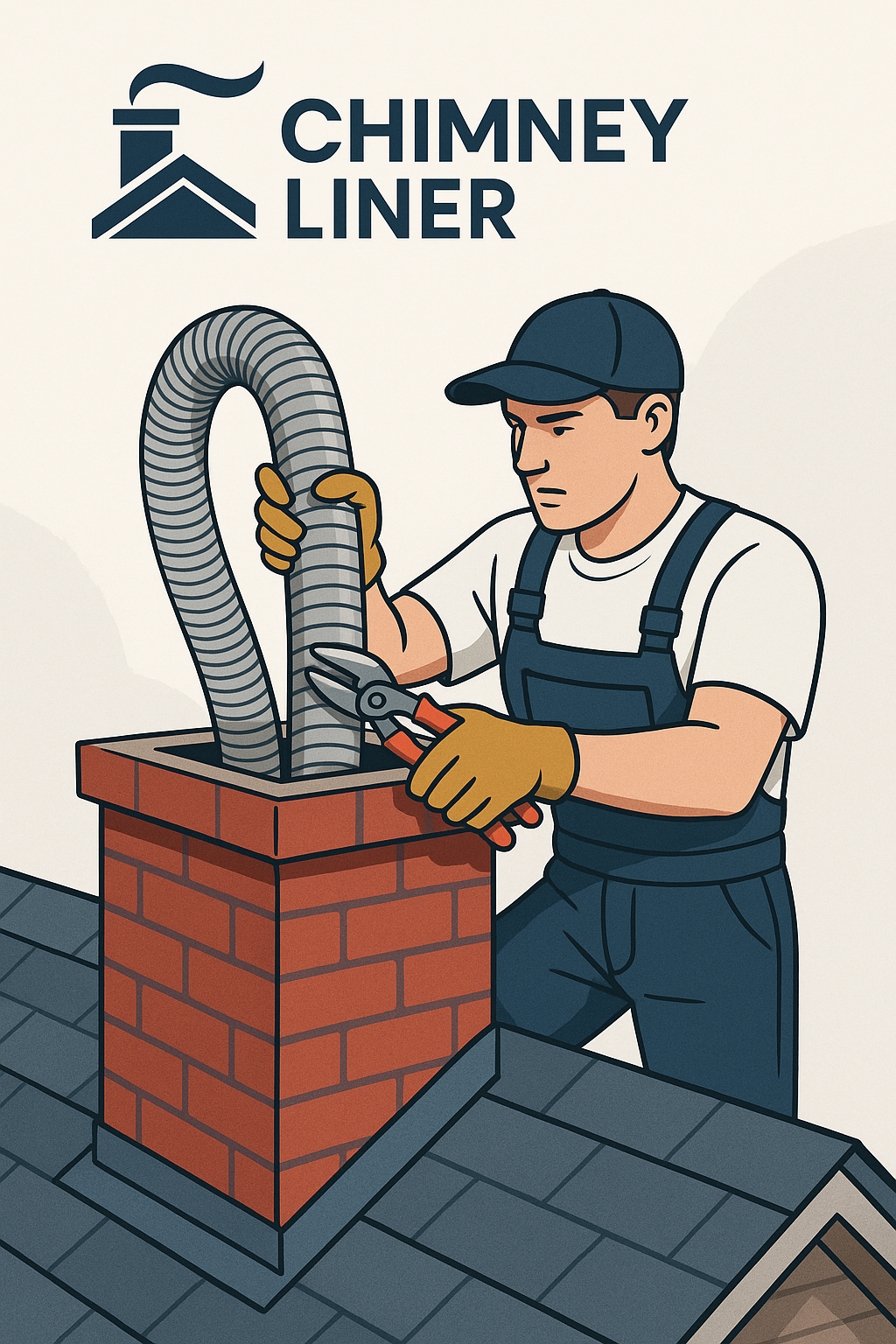Chimney liners are critical yet often overlooked components of fireplace and heating systems. Typically hidden within the chimney, they serve as a protective passageway for smoke and gases to exit safely from your home. Visually, a chimney liner varies based on its material. It may look like a rigid metal pipe, a flexible corrugated tube, or a clay tile channel running vertically within the chimney shaft. Each type serves a specific function depending on the heating system and structure of the chimney. Understanding what a chimney liner looks like is essential for identifying damage, evaluating its condition, or replacing it when necessary. This knowledge is foundational to maintaining a safe and efficient Chimney Liner.
Why It Matters
A chimney liner is not just a technical detail it’s a safety requirement. Liners protect the masonry of the chimney from the corrosive byproducts of combustion. They also help maintain the proper draft, preventing harmful gases like carbon monoxide from leaking back into the home. If you’ve ever seen a metal tube extending from a furnace or a ceramic-lined flue in a masonry chimney, those are examples of chimney liners in action. A well-installed liner allows heat and gases to travel upward without damaging internal walls. Without a properly sized or intact liner, the chimney can deteriorate quickly, increasing the risk of house fires or toxic fume exposure.
Common Problems
Despite their importance, chimney liners can degrade over time. For stainless steel liners, problems include rust, corrosion, or warping due to extreme heat. Flexible liners may become dented, torn, or disconnected. Clay tile liners are prone to cracking, especially under thermal stress or seismic movement. Damage can go unnoticed because liners are out of sight. Common symptoms of liner issues include excessive soot, poor fireplace draft, or visible cracking in the chimney structure. These problems reduce system efficiency and pose fire risks. Regular inspections can reveal early signs of deterioration before they require complete replacement.
Key Benefits
The benefits of a functional and correctly installed chimney liner go beyond basic safety. For one, it increases the efficiency of your heating appliance by preserving heat transfer and maintaining consistent airflow. A good liner ensures better combustion, which translates into lower energy costs. Second, liners make chimney cleaning easier and more effective, especially for wood-burning stoves or fireplaces that produce creosote. Third, a properly lined chimney supports compliance with local building codes, which is vital during property resale or home insurance assessments. Lastly, a liner prevents moisture from entering the chimney, reducing long-term damage to both the flue and surrounding masonry.
The Role of Firebox Repair
The chimney liner is only one part of a properly functioning fireplace system. Another key component is the firebox the chamber where the fire burns. If the firebox is cracked or deteriorated, it can allow excessive heat to reach nearby structures, compromising the chimney liner and increasing the risk of fire. This is where Firebox Repair becomes essential. Repairing the firebox involves resealing joints, replacing firebricks, and restoring the integrity of the combustion chamber. A damaged firebox can lead to liner stress, inefficiency, and unsafe operation. Combined with a properly installed liner, a solid firebox ensures your entire system functions safely and effectively.
Cost Breakdown
Chimney liner installation and repair costs vary depending on the type of liner and the condition of the existing chimney. Below is a general cost table based on typical industry rates:
| Service Type | Estimated Cost (USD) |
| Chimney Inspection & Sizing | $150 – $250 |
| Stainless Steel Liner Install | $1,200 – $3,000 |
| Clay Tile Liner Replacement | $2,000 – $4,500 |
| Firebox Repair | $500 – $1,200 |
| Annual Chimney Cleaning | $150 – $300 |
Disclaimer: Actual pricing may vary depending on location, chimney height, and labor availability. Always request a detailed quote.
Key Features of Chimney Liners
Chimney liners come in several types, each with distinct visual and functional characteristics.
- Clay Tile Liners: Usually rectangular or round ceramic sections visible at the chimney crown. They are often light brown or reddish in color.
- Stainless Steel Liners: These look like smooth or corrugated silver tubes, either rigid or flexible, running from the base of the flue to the chimney cap.
- Cast-in-Place Liners: These are not visible once installed, as they’re formed by pouring a cement-like mixture into the chimney.
Each type must be chosen based on the appliance type (wood, gas, oil), chimney design, and compliance with building codes. Proper insulation around the liner is also crucial to maintain flue temperature and avoid condensation.
For more insight on how to determine whether your home needs a liner, read:
How to Know If You Need a Chimney Liner in Phoenix
Also check related resources:
- How to Choose the Right Technician for Pellet Stove Repair in Hamilton
- How Hamilton Weather Affects Chimney Liners
- Pellet Stove Repair in Phoenix
- Garage Door Dents Repair in San Antonio
Conclusion
A chimney liner may not be visible at first glance, but it plays an essential role in fireplace and appliance safety. Whether it appears as a shiny steel pipe, a clay tile flue, or a smooth concrete channel, the liner functions as a vital barrier between dangerous combustion byproducts and your home. Regular inspections and timely repairs especially of connected components like the firebox ensure safe operation. As chimney expert Rachel Myers notes, “A properly installed liner doesn’t just protect your chimney it protects everything beneath it.” Understanding what a chimney liner looks like is the first step in responsible home maintenance and long-term system safety.
Q1: How can I tell what type of liner I have?
A: A chimney inspection camera or certified technician can determine whether your liner is clay, metal, or flexible stainless steel.
Q2: Do all chimneys need liners?
A: Yes. Most modern building codes require chimney liners for all fuel-burning appliances for safety and efficiency.
Q3: Can I see the liner from inside the house?
A: Typically, no. Liners are installed inside the chimney flue, but parts may be visible at the top or near the appliance connection point.
Q4: How long does a chimney liner last?
A: Stainless steel liners can last 15–25 years. Clay tile liners may last longer but are more prone to cracking.
Q5: Is liner damage covered by insurance?
A: In some cases, yes—especially if the damage is related to a covered peril like fire or storm impact. Always check with your insurance provider.

